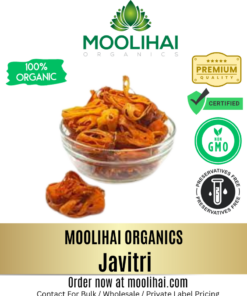Edible Gum / Acacia Gum / Tragacanth / Gondh / Gond Katira / Dinka / Gaund
10.99US$
Botanical Name: Prunus Amygdalus Origin: India Edible gum is a solidified resin that is soluble in viscous and water solutions. This resin has an antioxidant property and is rich in minerals such as magnesium, zinc, fats, phosphorous, and nutrients. It fulfills all your body needs.
 |  |  |
|---|
Shipping All Over The World
We've upgraded our shipping! All orders now arrive within 7 days to the USA, UK, and Canada via UPS Express and DHL Express.
Quality Guarantee
Our Products are 99.9% Pure and Stocks are fresh. They pass through multiple quality checks before they are delivered to you.
Lowest Prices & Wholesale Orders
We offer the lowest prices for organic products. If you would like to buy in bulk, get in touch with us.
Secure Payments
Pay Securely using paypal, stripe and other secure payment providers.























Reviews
There are no reviews yet.